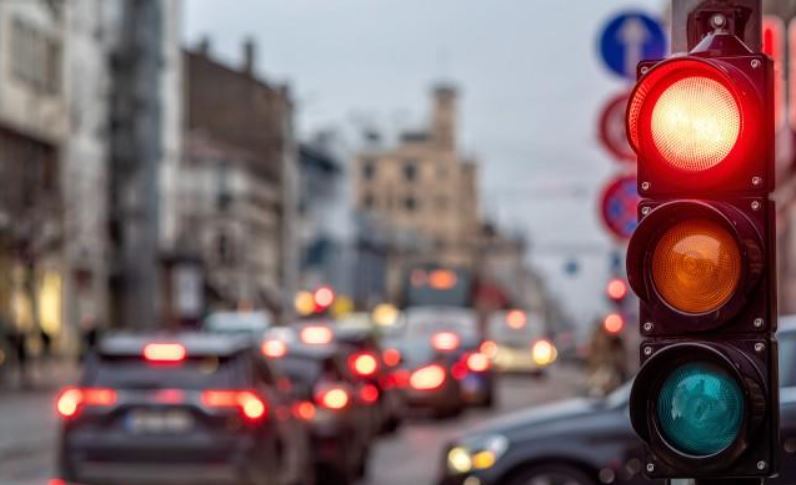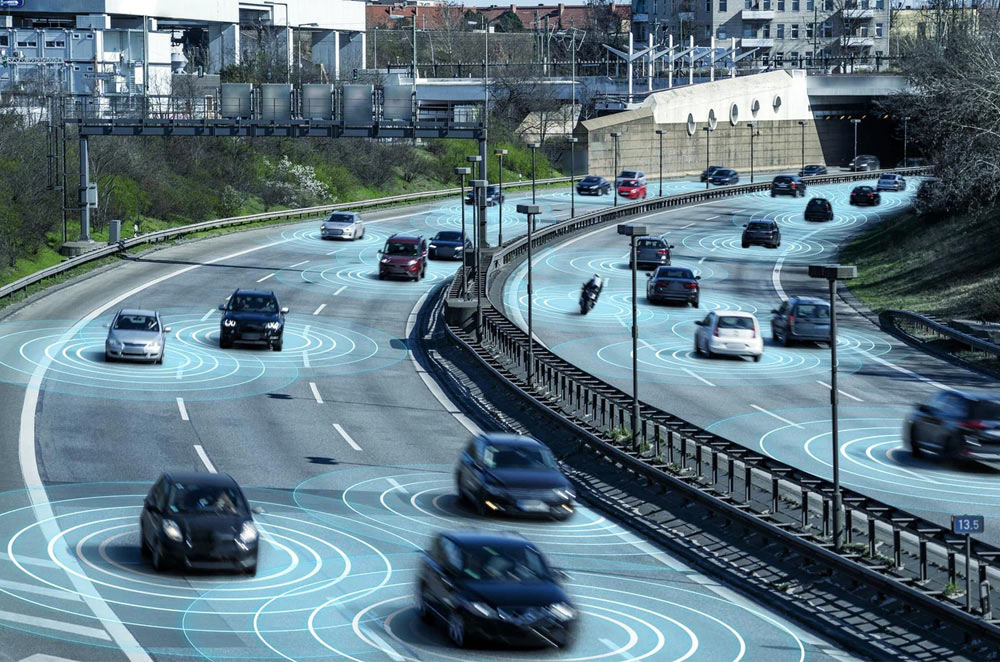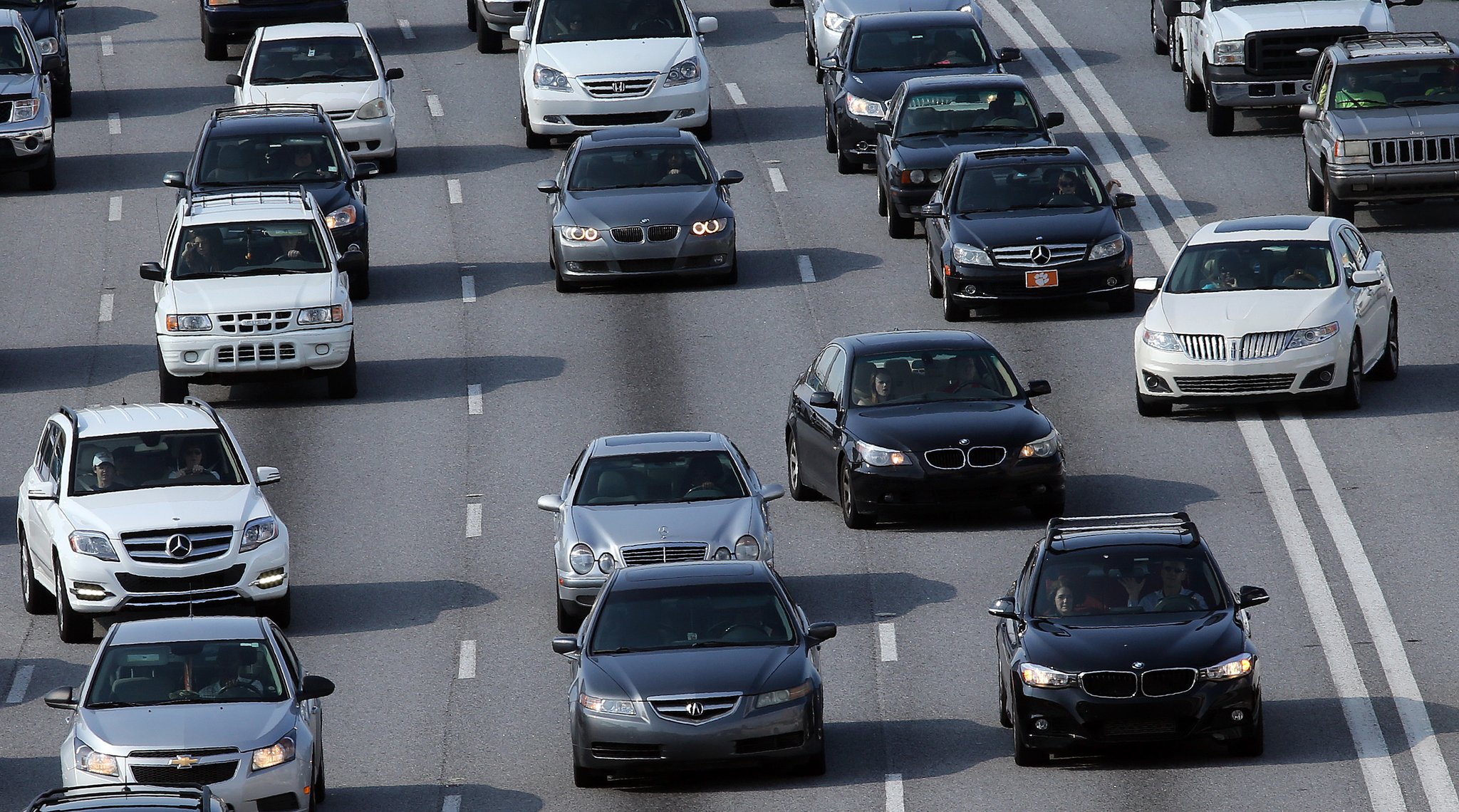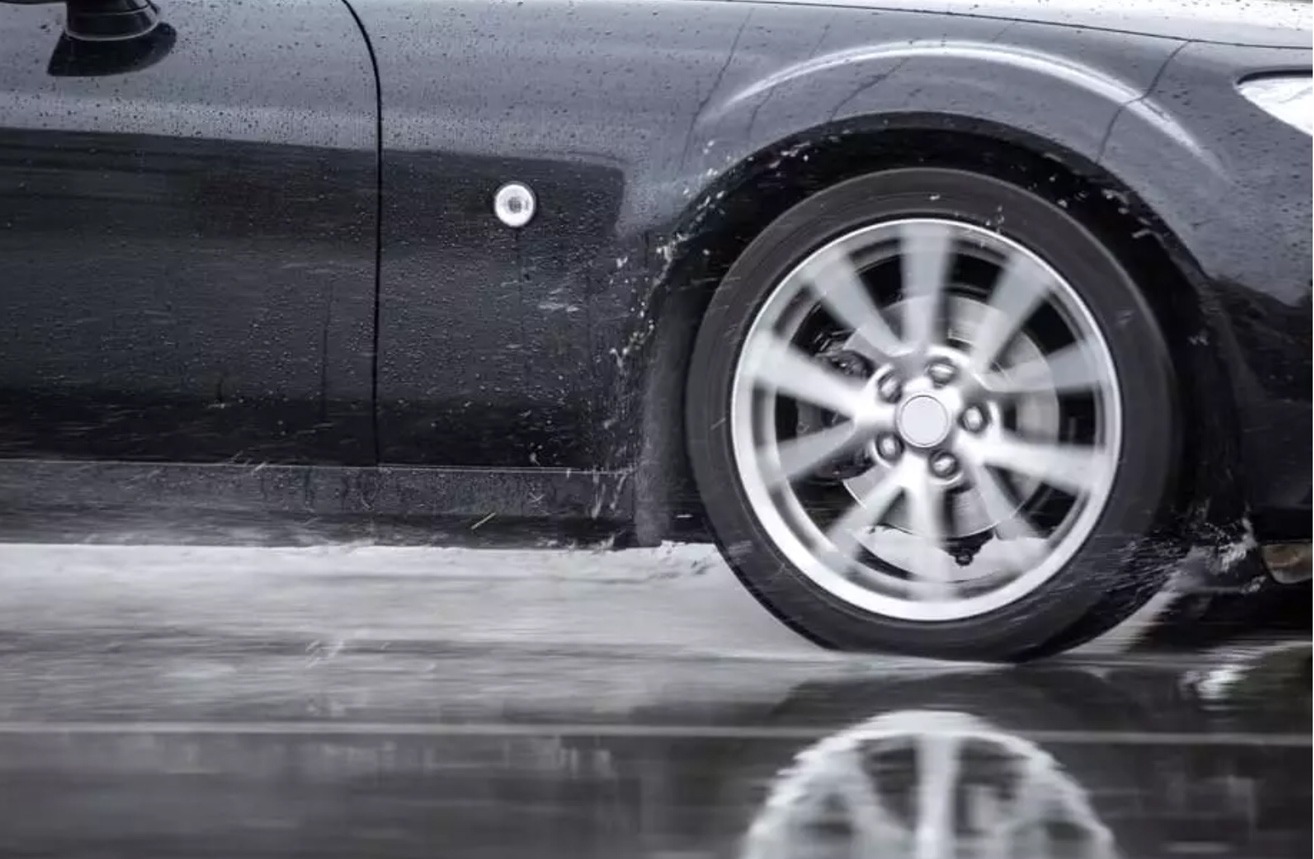Tips for safe driving, including advice on defensive driving, handling adverse weather conditions, and dealing with car troubles while on the road.
- Follow traffic laws and signals.

- Following traffic laws and signals is an important part of safe driving. This includes obeying speed limits, stopping at stop signs and red lights, and using the correct lane for the intended direction of travel.
- Failing to follow traffic laws can increase the risk of accidents, as well as result in fines and points on your driver’s license. It is important to familiarize yourself with the traffic laws in the area where you are driving and to pay attention to traffic signals and signs at all times.
- Additionally, it is important to be aware of other road users, such as pedestrians and bicyclists, and to yield to them when necessary.
- By following traffic laws and signals, you can help ensure the safety of yourself and others on the road.
Here are a few products that can help follow traffic laws and signals:
- Dash cameras: These cameras record video footage of the road while you are driving and can provide evidence in the event of an accident.
- Blind spot mirrors: These mirrors attach to the outside of your vehicle’s side mirrors and help you see areas that are not visible in your regular mirrors.
- Forward collision warning systems: These systems use sensors to detect when your vehicle is approaching another vehicle or object too quickly and alert you to take corrective action.
- Rearview cameras: These cameras provide a view of the area behind your vehicle and can help you see when backing up or changing lanes. This can help you avoid collisions with pedestrians or other vehicles and make it easier to follow traffic laws and signals while driving in reverse.
- Smartphone apps: There are many smartphone apps available that provide real-time traffic updates, alerts for construction and accidents, and route guidance. These apps can help you stay informed about road conditions and avoid routes that may be congested or have other issues.
- Heads-up displays (HUDs): These displays project important information, such as speed and navigation directions, onto the windshield of your vehicle. This can help you keep your eyes on the road and avoid distractions while driving.
- Dashboard-mounted GPS units: These units provide turn-by-turn navigation and route guidance, as well as real-time traffic updates and alerts for construction and accidents. By using a dashboard-mounted GPS unit, you can keep your eyes on the road and avoid distractions while following traffic laws and signals.
- Keep safe distance from other vehicles while driving and parking.

- Use the “three-second rule.” This means that you should allow at least three seconds of following distance between your vehicle and the one in front of you. To determine this distance, pick a fixed object on the side of the road and count the number of seconds it takes you to reach it after the vehicle in front of you passes it.
- Increase your following distance in adverse weather conditions. When the road is wet, slippery, or visibility is poor, you should allow more space between your vehicle and the one in front of you.
- Don’t tailgate. Tailgating, or following too closely, is not only dangerous, but it is also illegal in many places. Keep a safe distance from the vehicle in front of you to give yourself time to react to any sudden stops or changes in traffic.
- Use your vehicle’s cruise control. Many vehicles have a cruise control feature that allows you to set a specific speed and maintain a safe following distance from the vehicle in front of you.
Here are a few products that can help with keeping safe distance from cars and other obstacles while driving and parking. - Adaptive cruise control: This type of cruise control uses sensors to maintain a safe following distance from other vehicles and can automatically adjust your speed to maintain a safe distance.
- Forward collision warning systems: These systems use sensors to detect when your vehicle is approaching another vehicle or object too quickly and alert you to take corrective action.
- Lane departure warning systems: These systems use sensors to detect when your vehicle is drifting out of its lane and alert you to take corrective action. This can help you avoid following too closely or tailgating.
- Smartphone apps: There are many smartphone apps available that provide real-time traffic updates and alerts for construction and accidents. By using these apps, you can stay informed about road conditions and adjust your following distance accordingly.
- Dash cameras: Dash cameras can record video footage of the road while you are driving, which can be helpful if you are involved in an accident or need to dispute a traffic ticket. Some dash cameras also include features such as lane departure warning and forward collision warning, which can help you stay in your lane and maintain a safe following distance from other vehicles.
- Blind spot mirrors: These mirrors attach to the outside of your vehicle’s side mirrors and help you see areas that are not visible in your regular mirrors. This can help you avoid following too closely or changing lanes when it is not safe to do so.
- Parking sensors: These sensors use ultrasonic waves to detect objects in the area around your vehicle and alert you when you are getting too close. This can help you avoid collisions while parking or backing up.
- Use your turn signals when changing lanes or turning.

Using turn signals when turning and changing lanes is an important aspect of safe driving. It helps to communicate your intentions to other drivers on the road and to avoid unexpected and potentially dangerous driving scenarios. By signaling your turns and lane changes, you give other drivers time to react and adjust their own driving behavior, reducing the risk of accidents and collisions.
There are a few things that can help make turn signal usage better and more effective. Firstly, ensure that your turn signals are working properly and are visible to other drivers. Make a habit of checking your signals before every trip and replacing any burnt-out bulbs promptly. Secondly, using your turn signals early enough before making a turn or changing lanes will give other drivers more time to react and adjust their driving. Finally, avoid distractions while driving, such as using your phone or eating, so that you can be fully focused on the road and able to signal your turns and lane changes effectively.
There are no specific tools that can help with using turn signals, but some modern cars have features that can assist with their usage. For example, some cars have a lane departure warning system that will alert the driver if they are drifting out of their lane without signaling. Additionally, some cars have a blind spot monitoring system that will alert the driver if there is a car in their blind spot while they are attempting to change lanes. These systems can help make it easier to use turn signals and to be aware of surrounding vehicles. Additionally, regularly practicing good driving habits, such as signaling when turning or changing lanes, can help make it a habit and second nature. - Keep a safe speed for the road conditions.

Here are some products that can help you maintain a safe speed, you can learn more about them and find products in the articles above:
- Adaptive cruise control
- Forward collision warning systems
- GPS navigation systems with real-time traffic updates and alerts
- Smartphone apps with real-time traffic updates and alerts
By using these products, you can help ensure that you are maintaining a safe speed for the road conditions and reducing the risk of accidents.
- Avoid distractions while driving, such as texting or using a phone.
Avoiding distractions while driving is essential to ensure the safety of yourself and others on the road. When a driver is distracted, their attention is diverted from the task of driving and they are less likely to react to unexpected events in a timely manner. This increases the risk of collisions, crashes, and other types of accidents.
Texting or using a phone while driving is one of the most dangerous types of distractions. It requires the driver to take their hands off the wheel, look away from the road, and focus their attention on a device rather than driving. This can lead to delays in reaction times and increased error rates.
In order to reduce the risk of accidents caused by distractions, it is important to limit or eliminate distractions while driving. This includes avoiding the use of cell phones and other electronic devices, as well as reducing other types of distractions such as eating, drinking, or engaging in conversation with passengers. Instead, focus on the task of driving and remain alert and aware of your surroundings at all times. - Stay alert and avoid drowsy driving.
Staying alert while driving is critical to prevent drowsy driving and maintain road safety. Here are a few tips and tools to help you avoid drowsy driving.
Get enough sleep: The most important factor in avoiding drowsy driving is to get enough sleep. Make sure to get 7 to 9 hours of sleep before a long drive.
Take breaks: Take breaks every two hours or 100 miles, whichever comes first. Stretch your legs, get fresh air, and drink some water.
Caffeine: Caffeine can help you stay awake, but its effects are temporary. Drink a cup of coffee, tea, or an energy drink, but do not rely solely on caffeine.
Naps: Taking a 15 to 20-minute nap can help refresh you, but do not nap for more than 20 minutes as it can lead to sleep inertia.
Companion: Having a companion can help keep you awake and provide a second pair of eyes on the road.
Music: Listening to music can help you stay awake and alert, but make sure the volume is not too high to impair your hearing.
Avoid driving at night: If possible, avoid driving between midnight and 6 a.m., when fatigue is most likely to set in.
Alertness-promoting apps: Some apps such as Alertness Trainer, Drowsy Driver Detector, and Anti-Sleep Pilot are designed to help prevent drowsy driving by monitoring your driving habits and providing alerts when you need to take a break. - Make sure that you and your passengers wear seat belts at all times.
It is important that you and your passengers wear seat belts because they are designed to keep you safe in the event of an accident. Wearing a seat belt helps to keep you in your seat and prevents you from being thrown around the car or out of it, reducing the risk of serious injury or death. Seat belts work by spreading the force of the impact across the strongest parts of your body, such as your hips and chest, reducing the risk of injury to your head, neck, and spine. Additionally, seat belts are required by law in most countries, and not wearing one can result in fines and even criminal charges in some cases. By wearing a seat belt, you are not only protecting yourself, but also setting a good example for others and contributing to a safer driving environment. - Keep your vehicle well-maintained and check the tires regularly.
Regular maintenance helps ensure that your vehicle is running at its best, which can improve fuel efficiency, performance, and overall safety on the road. Proper tire inflation and tread depth are important for maintaining good traction, stability, and control while driving. Regular tire checks can also help identify issues such as worn or damaged tires, which can cause blowouts or other safety hazards while driving. By keeping your vehicle well-maintained and checking the tires regularly, you can help reduce the risk of breakdowns and accidents, improve your driving experience, and ensure a safe and enjoyable road trip. - Stay sober and do not drive under the influence of drugs or alcohol.
It is important to stay sober and not drive under the influence of drugs or alcohol as it can impair your judgment and reaction time, making it more difficult to drive safely and increase the risk of getting into an accident. Driving under the influence of drugs or alcohol is also illegal and can result in severe penalties, including fines, license suspension, and even jail time.
Impaired driving can cause a lack of coordination, slow reaction time, and poor decision making, which can lead to serious accidents and fatalities. In addition, alcohol and drugs affect each individual differently, and even small amounts can significantly impair driving ability, putting you, your passengers, and other road users at risk.
To avoid driving under the influence, it is important to plan ahead and arrange for alternative transportation, such as a designated driver, public transportation, or a taxi service. It is also recommended to avoid consuming drugs or alcohol before getting behind the wheel, and to always prioritize your safety and the safety of others on the road. Remember, even one drink can impair your ability to drive, so it is always best to err on the side of caution and not take the risk.



Leave a Reply